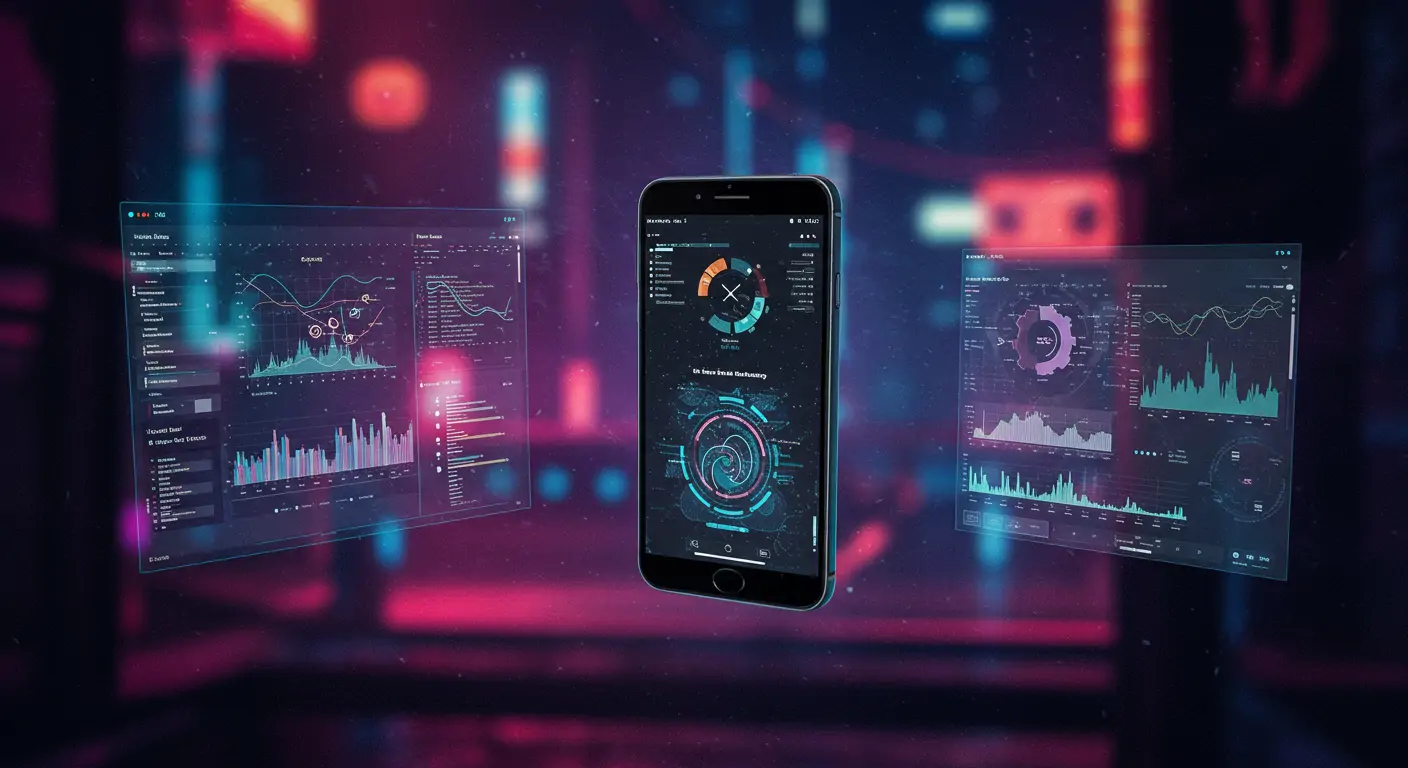What You'll Build
Imagine having an app that instantly notifies users on any platform whenever a critical update happens. That's what you'll build today: a cross-platform real-time notification system using Flutter and Firebase. This setup will empower your apps to send and receive notifications instantly, keeping your users engaged and informed. It typically takes around 3-4 hours to implement if you follow this guide closely.
Quick Start (TL;DR)
- Set up Firebase in your Flutter project.
- Use Firebase Cloud Messaging (FCM) to deliver notifications.
- Implement platform-specific code for iOS and Android.
- Handle foreground and background messages.
Prerequisites & Setup
Before you start, ensure you have Flutter SDK, a Firebase account, and experience with Dart. Set up your development environment with the latest versions of Flutter and Firebase CLI.
Detailed Step-by-Step Guide
Phase 1: Foundation
First, establish your Firebase project. Navigate to the Firebase console, create a new project, and add your app to the project. Ensure you download the file for Android and for iOS, placing them in the appropriate directories.
Phase 2: Core Features
Next, integrate Firebase Cloud Messaging. Add the necessary dependencies in your :
Then, initialize Firebase in your file:
Phase 3: Advanced Features
To enhance notifications, implement custom sound and actions. In Android, modify your to include custom sound permissions. For iOS, configure your app to handle notifications with response actions by updating the .
Code Walkthrough
Here's a breakdown of key parts:
Common Mistakes to Avoid
- Not setting up properly – leads to initialization errors.
- Forgetting to handle permissions on iOS, causing notifications to be silent.
- Ignoring message payload formatting, which can result in crashes.
Performance & Security
Optimize your notification system by enabling data compression and using FCM topics to target multiple users efficiently. For security, ensure messages are encrypted and validate data on the server-side before sending notifications.
Going Further
Explore advanced techniques like integrating notification analytics, scheduling notifications based on user time zones, and leveraging Firebase Functions to dynamically trigger notifications based on database updates.
FAQ
Q: How do I handle background notifications on Android?
A: Implement a background message handler using . This handler should be a top-level function that initializes Firebase and processes the message. Ensure that your app can wake up the device to show the notification by setting appropriately in your .
Q: Can I customize notification sounds?
A: Yes, you can customize notification sounds for both Android and iOS. For Android, place your sound file in the directory and specify it in the notification payload. For iOS, include the sound file in your app bundle and declare it in the .
Q: What are the limitations of FCM?
A: FCM has a payload size limit of 4KB, which includes both data and notification payloads. Additionally, iOS and Android have different behaviors regarding message handling, such as background execution limits on iOS. Be mindful of these when designing your notification system.
Q: How do I test notifications locally?
A: Use the Firebase Notifications Composer or the FCM REST API to send test messages. For local testing, ensure your device is connected and the app is running in debug mode to receive notifications instantly.
Q: How can I handle notification tap actions?
A: Implement the handler to react to users tapping a notification. This feature allows you to navigate to specific screens or perform actions based on the notification data.
Conclusion & Next Steps
You've successfully implemented a robust, cross-platform real-time notification system in Flutter using Firebase. This foundation allows you to engage users effectively across devices. Next, consider exploring Firebase Functions for more dynamic notifications, integrating analytics to track engagement, and enhancing security with user authentication. Check out our guides on Firebase Functions and notification analytics for further learning.




